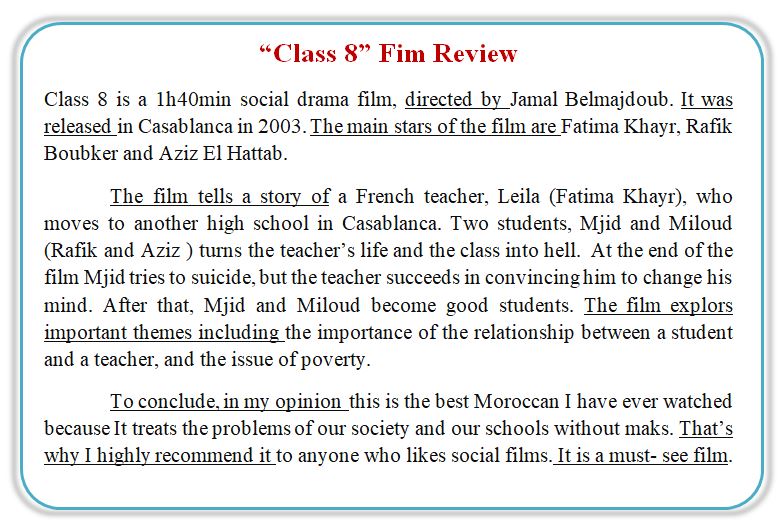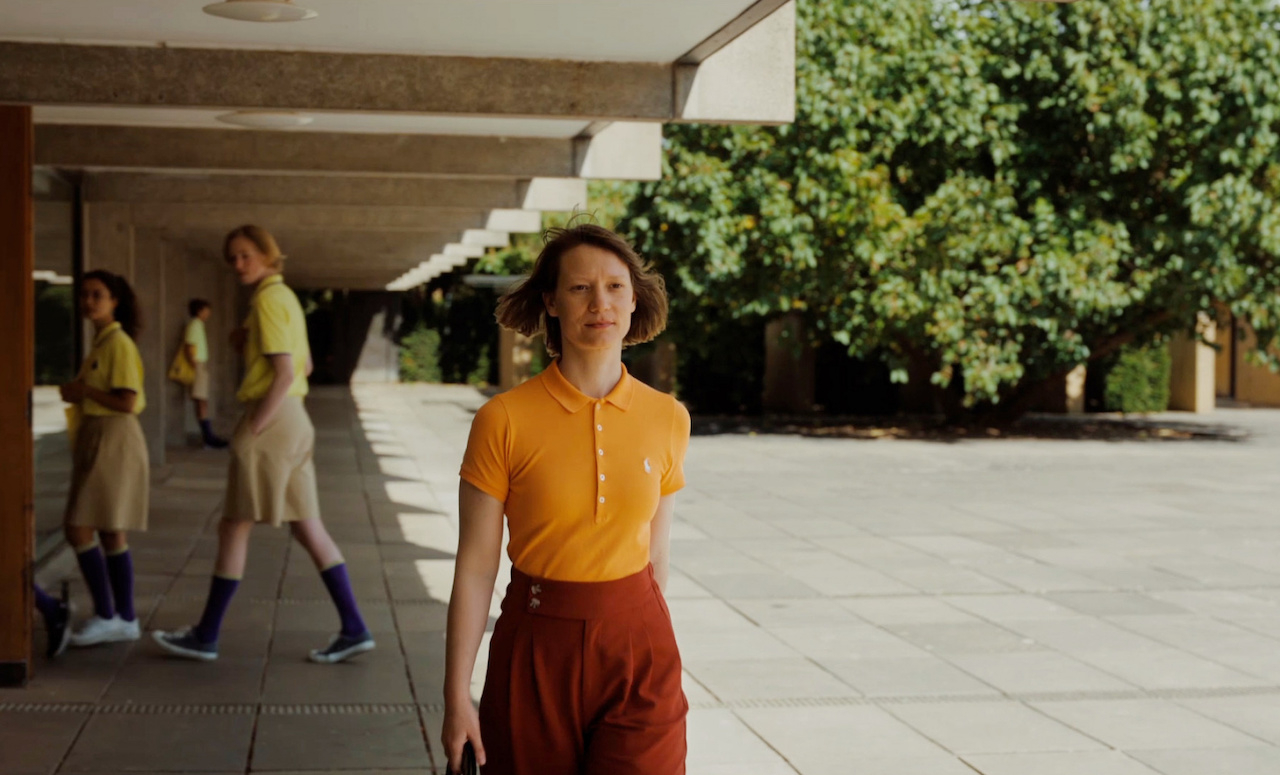Understanding Film Analysis Techniques

So you want to dissect a movie like a cinematic frog? Fantastic! Film analysis isn’t just about saying “That was good/bad”; it’s about understanding *why* a film works (or doesn’t). It’s about peeling back the layers of cinematic magic to reveal the director’s intentions, the artistry of the filmmaking, and the overall impact on the viewer. This journey into the heart of film analysis will equip you with the tools to become a true cinematic Sherlock Holmes.
Film analysis involves examining various elements that contribute to the overall cinematic experience. These elements work together in a complex interplay, shaping the narrative, mood, and meaning of the film. Think of it as a delicious cinematic stew – each ingredient (element) is crucial for the final flavor (impact).
Narrative Structure
Narrative structure refers to the way a story is told. This encompasses the plot (the events), the characters (their motivations and arcs), and the overall pacing. A classic example is the three-act structure (setup, confrontation, resolution), seen in countless films. However, many films play with this structure, using non-linear narratives, flashbacks, or multiple perspectives to create a more complex and engaging experience. Consider Christopher Nolan’s *Memento*, which unfolds in reverse chronological order, forcing the viewer to piece together the narrative alongside the protagonist. This unconventional structure significantly impacts the film’s themes of memory, identity, and revenge.
Cinematography
Cinematography is the art of filmmaking, specifically the way the camera captures the story. Think camera angles (high-angle shots can make a character seem vulnerable, while low-angle shots can make them seem powerful), shot types (close-ups focus on emotion, wide shots establish setting), and movement (tracking shots follow action, handheld shots create a sense of immediacy). The use of lighting is also crucial; high-key lighting often suggests optimism, while low-key lighting can create a sense of mystery or suspense. The iconic shower scene in Alfred Hitchcock’s *Psycho* masterfully utilizes cinematography to build suspense through its strategic use of shadow and editing.
Mise-en-scène, Movie review questions for students
Mise-en-scène, a fancy French term, simply means “what’s on stage.” It encompasses everything visible within the frame: set design, costumes, props, actor placement, and lighting. Consider the stark, minimalist sets in Stanley Kubrick’s *2001: A Space Odyssey*, which contribute to the film’s sense of cold, detached isolation. Conversely, the vibrant, cluttered sets in Wes Anderson’s films contribute to their unique visual style and quirky humor. Mise-en-scène is about the visual storytelling beyond just the camera work.
Sound Design
Sound design is more than just the soundtrack; it includes dialogue, sound effects, and music. It’s about creating an immersive soundscape that enhances the emotional impact of the film. The use of diegetic sound (sound that originates from within the film’s world, like footsteps or dialogue) and non-diegetic sound (sound that originates from outside the film’s world, like a soundtrack) can drastically alter the mood and meaning. The unsettling silence punctuated by sharp, unexpected sounds in *The Shining* is a prime example of effective sound design building suspense and horror.
Objective vs. Subjective Film Analysis
Objective film analysis focuses on the film itself, analyzing its technical aspects and narrative structure without personal opinions or biases. It’s like a scientific dissection, examining the elements objectively and drawing conclusions based on evidence within the film. Subjective film analysis, on the other hand, incorporates personal interpretations and reactions. It acknowledges the viewer’s subjective experience and explores the film’s impact on individual perspectives. Both approaches are valuable, offering different insights into a film’s meaning and effect.
Methods for Approaching Film Analysis
There are many methods for analyzing films, each with its strengths and weaknesses. The feminist approach focuses on gender representation and power dynamics. The Marxist approach examines class struggle and economic inequalities. The psychoanalytic approach explores the psychological motivations of characters and the unconscious themes within the film. The structuralist approach analyzes the underlying structures and patterns that govern narrative and meaning. Choosing the right approach depends on the specific film and the analyst’s interests and goals.
Structuring a Movie Review for Students

So, you’ve conquered film analysis techniques and are ready to unleash your inner Roger Ebert (or Pauline Kael, if you’re feeling a bit more… acerbic). But a brilliant analysis is useless without a well-structured review. Think of it like a delicious cake: amazing ingredients (your insightful observations) need the right structure (the recipe) to truly shine. This section will guide you through building that perfect cinematic confection.
Writing a Compelling Introduction
The introduction is your movie review’s first impression – make it count! Avoid the dull, predictable “In this essay, I will…” Instead, grab the reader’s attention with a hook. This could be a provocative statement about the film, a witty anecdote related to your viewing experience, or even a striking image from the movie. Then, briefly introduce the film’s title, director, and a concise overview of its premise. Remember, your goal is to entice the reader to delve deeper into your analysis. For example, instead of: “This essay will discuss the symbolism in ‘The Shining’,” try: “Jack Torrance’s descent into madness in Stanley Kubrick’s ‘The Shining’ isn’t just terrifying; it’s a chillingly effective exploration of the fragility of the human psyche.”
Key Elements of Effective Body Paragraphs
Each body paragraph should focus on a specific aspect of the film supporting your overall argument. Think of each paragraph as a mini-essay dedicated to a particular theme, character arc, or technical element. Start with a topic sentence clearly stating the paragraph’s focus. Then, provide evidence from the film to support your claims (e.g., specific scenes, dialogue, cinematography). Remember to analyze your evidence, explaining *how* it supports your point and connecting it back to the larger themes of the movie. Avoid vague statements; be precise and cite examples. Don’t forget to weave in your own interpretations and insights. A good body paragraph is a carefully constructed argument, not just a summary of the plot.
Sample Movie Review Using a Table
Here’s a sample movie review structured using an HTML table to organize different aspects of the film analysis. Note how each cell provides detailed descriptions, analysis, and overall impact, keeping the reader engaged.
| Aspect | Description | Analysis | Overall Impact |
|---|---|---|---|
| Cinematography | The film utilizes long takes, wide shots, and a desaturated color palette to create a sense of isolation and dread. | These cinematic choices enhance the film’s unsettling atmosphere and reflect the protagonist’s internal turmoil. The wide shots emphasize the vastness and emptiness of the landscape, mirroring the character’s emotional isolation. | The cinematography significantly contributes to the film’s overall tone and emotional impact, creating a deeply immersive and unsettling experience for the viewer. |
| Character Development | The protagonist undergoes a significant transformation throughout the film, evolving from a naive idealist to a hardened survivor. | This character arc is skillfully portrayed through subtle changes in dialogue, actions, and visual cues. The transformation highlights the film’s themes of resilience and adaptation in the face of adversity. | The compelling character development adds depth and emotional resonance to the narrative, making the protagonist’s journey relatable and engaging. |
| Sound Design | The film uses a combination of ambient sounds, diegetic sound, and a haunting musical score to enhance the atmosphere. | The sound design is expertly crafted to create suspense and heighten emotional moments. The use of silence is particularly effective, creating tension and anticipation. | The sound design plays a crucial role in immersing the viewer in the film’s world, amplifying its emotional impact and enhancing the overall viewing experience. |
| Plot Structure | The film employs a non-linear narrative structure, jumping between past and present. | This structure enhances the mystery and suspense, gradually revealing information to the audience. It also allows for deeper exploration of the character’s backstory and motivations. | The non-linear plot structure adds complexity and intrigue, making the film more engaging and thought-provoking. |
Analyzing Specific Film Techniques: Movie Review Questions For Students

Let’s dive into the nitty-gritty of film analysis, moving beyond simple plot summaries and into the director’s toolbox. We’ll explore how filmmakers use various techniques to manipulate our emotions, shape our understanding of the story, and leave us pondering long after the credits roll. Think of this as a cinematic autopsy – a respectful examination of the filmmaking artistry.
Symbolism and Metaphor in Film
Symbolism and metaphor are powerful tools in a filmmaker’s arsenal, allowing them to convey complex ideas and emotions subtly and memorably. They add layers of meaning to a film, enriching the viewing experience and prompting deeper engagement with the themes. For instance, in “The Wizard of Oz,” the yellow brick road symbolizes the journey towards self-discovery, while Dorothy’s ruby slippers represent the power of home and belonging. The contrast between the vibrant Technicolor of Oz and the muted tones of Kansas further emphasizes this thematic duality. Effective use of symbolism and metaphor often transcends cultural boundaries, resonating with audiences on a universal level.
Directorial Style and Audience Impact
A director’s stylistic choices are the fingerprints on the film’s soul. These choices, from pacing and editing to camera angles and sound design, dramatically impact the audience’s emotional response and interpretation. Consider Alfred Hitchcock’s masterful use of suspense. His precise camera movements, strategic use of close-ups, and chilling musical scores created a palpable sense of dread and anticipation in films like “Psycho.” In contrast, Wes Anderson’s distinctive symmetrical compositions, whimsical color palettes, and deadpan humor create a unique visual and tonal experience in films like “The Grand Budapest Hotel,” offering a completely different emotional journey. These stylistic choices are not arbitrary; they are carefully crafted to achieve a specific effect, shaping the audience’s experience in profound ways.
Narrative Structure Comparison: “Pulp Fiction” and “Memento”
“Pulp Fiction” and “Memento” represent vastly different approaches to narrative structure. “Pulp Fiction,” with its nonlinear storytelling and interwoven plotlines, challenges conventional chronological expectations, creating a fragmented yet ultimately cohesive narrative. This non-linearity mirrors the chaotic nature of life itself and reflects the film’s themes of fate and interconnectedness. In stark contrast, “Memento” employs a reverse chronological structure, presenting the story in fragmented flashbacks that unfold in reverse order. This unconventional narrative mirrors the protagonist’s memory loss and forces the audience to actively piece together the narrative alongside him. While both films defy traditional narrative linearity, they achieve this in fundamentally different ways, creating unique viewing experiences that highlight the versatility of storytelling.
Cinematography’s Impact on Mood and Tone
Cinematography is the visual language of film, significantly influencing mood and tone. Shot composition, for example, can create feelings of claustrophobia (tight close-ups) or vastness (wide shots). Low-angle shots can make characters appear powerful, while high-angle shots can make them seem vulnerable. Lighting, too, plays a crucial role. High-key lighting typically creates a bright, optimistic mood, while low-key lighting, with its stark shadows, can evoke suspense or mystery. Consider the use of chiaroscuro lighting in film noir, which dramatically enhances the sense of intrigue and moral ambiguity. The deliberate manipulation of these elements creates a powerful visual narrative that transcends dialogue and plot, directly influencing the audience’s emotional and intellectual engagement with the film.